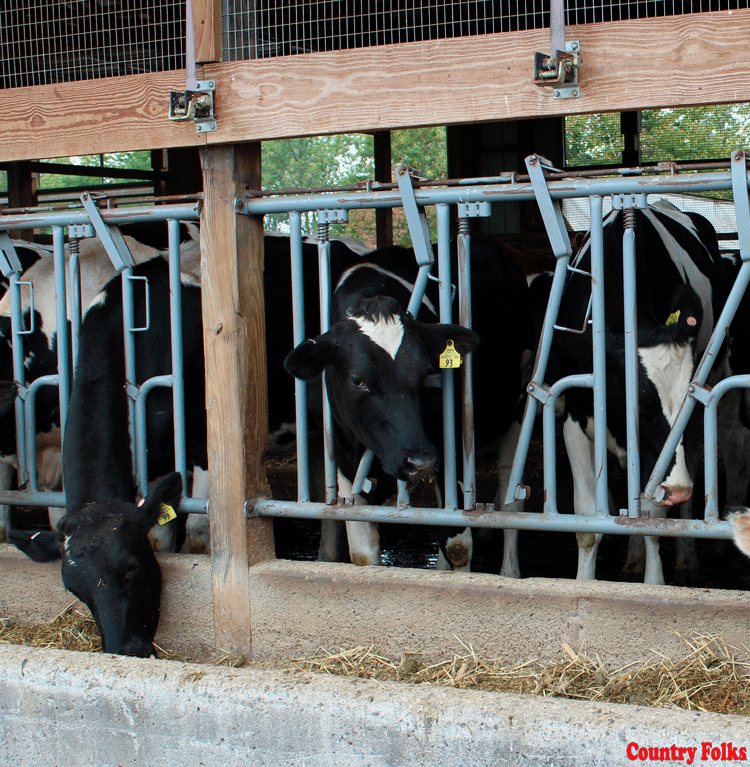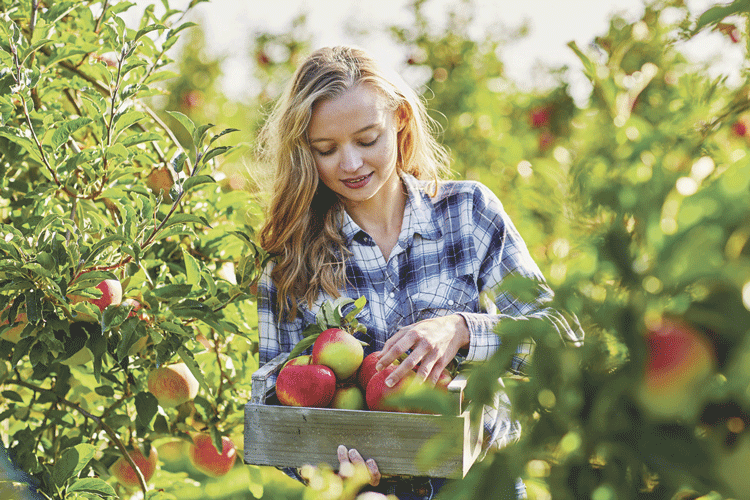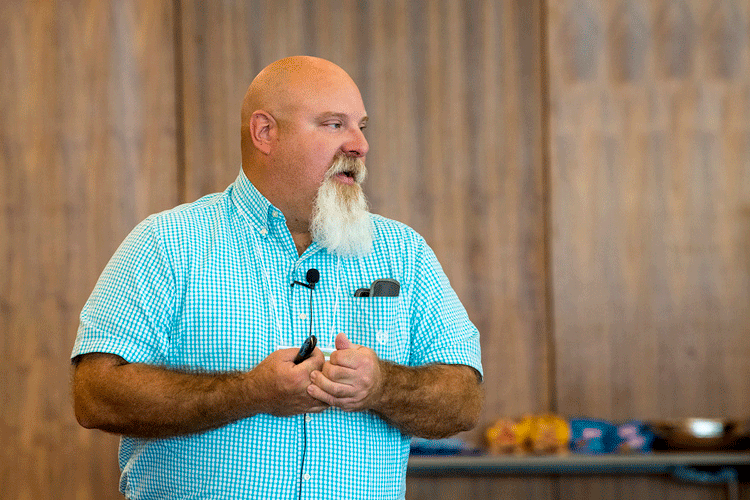 by Sally Colby
by Sally Colby
Every farm family is aware of the benefits to youth working on farms, including instilling a love for farming, teaching responsibility and keeping the family together throughout the day.
But there are also risks. About 33 children are injured in ag-related incidents every day, and a child dies in an ag-related incident every day. Young workers have less experience, tend to engage in risky behavior and are often influenced by peers.
Marsha Salzwedel, Agricultural Youth Safety specialist at the National Children’s Center for Rural and Agricultural Health, said that while working on a farm teaches youth responsibility and the cycle of life and death, the risks and hazards are real.
Youth ages 10 to 19 are often at the most risk, and the number of ag-related injuries in that age group is rising. “The main cause of these injuries to working youth is with animals, machinery and vehicles,” said Salzwedel. “In workers younger than 16, the number of agricultural fatalities is higher and has remained consistently higher than all other industries combined. The main causes of fatalities for working youth are tractors, ATVs and other machinery.”
One of the main causes of injuries and fatalities is youth doing work that doesn’t match their developmental level. Despite the legal designation of adult at age 18 in many jurisdictions, there’s nothing magical about this age in terms of physical and emotional development. Youth should be continually assessed for ability as they grow and mature.
Youth working on family farms can do any job at any age, but as they grow, their coordination and balance is sometimes off, especially during growth spurts. “Their attention span may not be there, impulse control may vary depending on growth stage and sometimes they don’t make the best decisions,” said Salzwedel. “This contributes to additional risks that youth face when they work in agriculture.” Sleep deprivation is another factor — teens require more sleep and are often fatigued.
Salzwedel said that prior to assigning tasks to youth and workers of any age, worker ability should be assessed. “This assessment should be both physical and cognitive,” she said. “Not just looking at ‘I can put him on the tractor and he can reach the pedals and controls and he or she is good to go.’ We need to look at their cognitive abilities as well, their experience with similar tasks, and we need to know they are able to do the job safely. They should be able to demonstrate safely doing the job four to five times while someone is supervising them before we let them do the job on their own.”
Salzwedel describes the Agricultural Youth Work Guidelines designed to assess the youth’s ability and whether a task is a good fit. The guidelines are available both online and via a mobile app. The guidelines include a list of what the youth should be able to perform safely.
Because lawn mowing is a common task for both farm and non-farm youth, Salzwedel uses that equipment as an example. The guidelines suggest appropriate clothing, tasks the youth should do including checking the area and clearing debris, what the youth’s cognitive ability should be, maturity level and whether they can think through their actions. “It also talks about physical requirements such as reaching and operating the controls when standing behind a push mower or be able to reach and repeatedly be able to operate the controls of a riding mower when they’re seated and wearing a seatbelt,” said Salzwedel.
The guidelines also include adults’ responsibilities for specific tasks, including supervision. For lawn mowing, the adult should ensure that the mower is mechanically sound and that all safety features are in place and functional. Sometimes the adult needs to do the training and make sure the youth knows how to safely mount the mower, and make sure the youth knows to call an adult if there is equipment malfunction.
“Many injuries (to youth) incidents are because a piece of equipment fails or malfunctions,” said Salzwedel. “Instead of calling an adult, the youth tries to fix it themselves and ends up being injured. It’s important to train youth to call an adult if equipment malfunctions.”
Potential hazards are also included in the guidelines. The most common hazard for riding mowers is the tendency to roll over. For push mowers, there’s a risk of tipping over, especially on a slope. “There are a lot of injuries on riding mowers due to extra riders, just like there are a lot of injuries on tractors with extra riders,” said Salzwedel. “There should never be extra riders on a lawnmower or a tractor. It’s a common cause of injuries and a very unsafe practice.”
Other common hazards associated with mowers include sharp blades, risk of entanglement, potential run over and collision with objects. Protective strategies for lawn mowing include non-skid shoes or boots, hearing protection and eye protection. Salzwedel encourages adults and young operators to follow the operator’s manual, and if the mower is equipped with ROPs and a seatbelt, the seatbelt should always be worn. Adults should recognize additional hazards specific to their farm.
For youth working in any outdoor task, suggestions for safe work include appropriate clothing (including sun-safe hat with brim), recognizing signs of heat and cold related issues, awareness of potential weather changes and maintaining two-way communication. Adult responsibilities for outdoor work include ensuring breaks every hour, appropriate training, checking heat or cold index and ensuring adherence to re-entry standards for pesticides, herbicides, fungicides and fertilizers.
Supervision is a critical aspect of youth working on farms. “If somebody needs intermittent supervision, check on them at least every 15 minutes,” said Salzwedel, referring to suggestions on the task charts. “If someone needs periodic supervision, which we see a lot in ages 16+, let them work for about 30 minutes then check. Regardless of the age of the working youth, they will always need to be supervised, even if it’s as simple as saying ‘how’s it going, do you have any questions?’ But they should never be left to do any task unsupervised.”
The website includes a section on child development, and many areas of the site refer back to this section. For example, the tractor operation chart shows tractor size and the age for which that tractor is recommended. “We also have some prevention briefs that contain information on a child’s perception,” said Salzwedel. “They perceive things differently than what the reality might be, and how that might affect their operation of a tractor.”
One of the most challenging aspects associated with today’s working youth is cell phones. Cell phones are beneficial for good two-way communication and allow easy reporting of equipment breakdowns or other issues, but can also be a distraction.
“The communication page has instructions on how to create a communication plan for young workers, whether they’re your own youth or hired youth,” said Salzwedel. “It talks about when to use these tools and when not to.” A template provides a means by which adults can create a plan that fits their farm situation.
Guidelines for farm tasks, operator assessment, risks and instructional videos can be found at www.cultivatesafety.org under ‘work guidelines’.











Leave A Comment